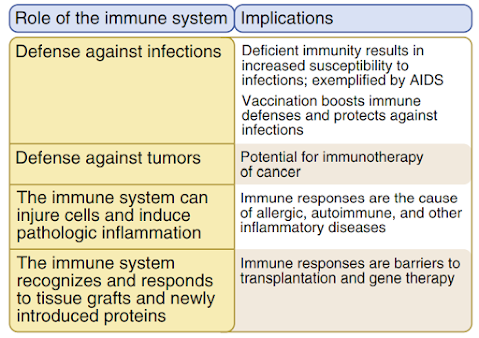Communication and Transportation in the EMS!!!!
What happens
after we call an emergency number?
What are the
different protocols they follow?
How are they
at most of the times able to transport patients smoothly?
In the
previous post we knew about the manpower and the training parts of the Emergency
Medical System. In this part, we will know about how they carry patient
transportation and communication.
1.
Communications- There is a common emergency number
in every country or every region. In America it’s 911 and like that every
region has one.
These days the advanced technologies like the use of smartphones have made it easier to get to the location.
People who are the ones who receive our calls are basically trained
to collect all the necessary information and then dispatch the resources according
to the information received.
The ambulance is in direct contact with the destination hospital and also
a physician. They are also trained to give first aid instructions or guidance while
the ambulance is en route.
The communication till date is the weakest link in the EMS system and
thus
It is therefore important that EMS communication systems have built-in
redundancy to ensure uninterrupted service.
2.
Transportation- Ambulances have evolved from simple
transport vehicles into mobile patient care vehicles. Ambulance design must
enable EMS personnel to provide airway and ventilatory support while
transporting the patient safely.
Basic life support ambulances
carry equipment appropriate for personnel trained at the emergency medical
technician level, such as automated external defibrillators, oxygen, bag-mask
ventilation devices, immobilization, and splinting devices, and wound dressings.
They do not carry medications and cannot transport patients requiring IVs or
cardiac monitoring.
Advanced life support ambulances
are equipped for paramedics or advanced emergency medical technicians with
supplies appropriate for their scope of practice, including IV fluids and
medications, intubation equipment, cardiac monitors, and pulse oximeters.
Ground transportation is appropriate
for the majority of patients, especially in urban and suburban areas.
However, air transport, generally by helicopter, should be considered for
critically ill patients when the ground transport time would be dangerously
long or if the terrain is difficult to navigate.
I know this post is very boring but you get to go with some more information.
Comment on what you would like to know and I will write. until then stay safe and healthy.
thankyou



Comments
Post a Comment